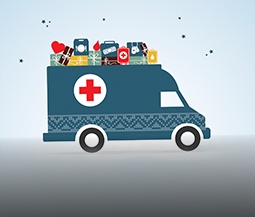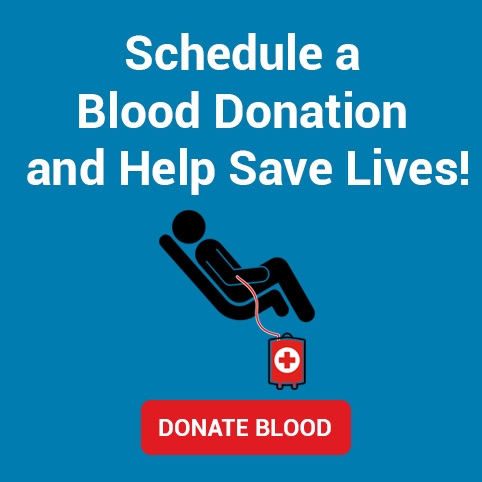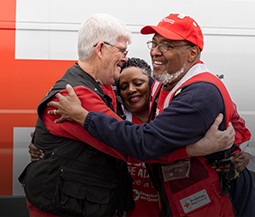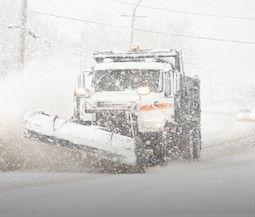With the outbreak of armed hostilities in Israel and Gaza, some reports include the work of the Red Cross and Red Crescent in other countries, as well as the work of the International Committee of the Red Cross (ICRC) and the International Federation of Red Cross and Red Crescent Societies (IFRC). Here is an explanation of the world’s largest humanitarian network, the work each group does, and how the three distinct parts work independently and in support of one another.
The three parts of the Red Cross and Red Crescent Movement are:
National Societies Nearly every independent country in the world has a Red Cross or Red Crescent society -- 192 to be exact. The American Red Cross is one of these societies.
All Red Cross and Red Crescent activities have one central purpose: to help those who suffer, without discrimination. Each National Society carries out its mission in different ways -- from responding to home fires and hurricanes to conflict, traffic accidents and loneliness. These organizations are chartered by their respective governments and, together, they assist one in 65 people in the world each year.
Red Cross Red Crescent societies Magen David Adom in Israel and the Palestinian Red Crescent Society have been responding as the conflict has escalated, providing emergency assistance including health services, ambulance services and other critical needs. To ensure this lifesaving work, Red Cross and Red Crescent officials continue to call for medical transportation, health workers and facilities to be protected.
ICRC The International Committee of the Red Cross (ICRC), headquartered in Geneva, Switzerland, is an impartial, neutral and independent organization whose exclusive humanitarian mission is to protect the lives and dignity of victims of war and internal violence and to provide them with assistance.
Established in 1863, the ICRC works all over the world, helping people affected by conflict and armed violence. During situations of conflict, the ICRC responds quickly to help and also responds to disasters in regions affected by armed conflict. It also promotes the importance of international humanitarian law and draws attention to universal humanitarian principles.
As the custodian of the Geneva Conventions, the ICRC has a permanent mandate under international law to visit prisons, organize relief operations, reunite separated families and undertake other humanitarian activities during armed conflicts. The ICRC also works to meet the needs of internally displaced persons, raise public awareness of the dangers of mines and explosive remnants of war and trace people who have gone missing during conflicts.
The International Committee of the Red Cross has maintained a presence in Israel and Gaza for decades. The ICRC underscores the importance of international humanitarian law and adherence to the Geneva Conventions to protect civilians, those detained and those working to save lives.
IFRC The International Federation of Red Cross and Red Crescent Societies (IFRC) is the world’s largest humanitarian network. It supports local Red Cross and Red Crescent action in more than 192 countries, bringing together almost 14 million volunteers for the good of humanity. The IFRC was founded in 1919 in Paris in the aftermath of World War I.
The IFRC acts before, during and after disasters and health emergencies to meet the needs and improve the lives of vulnerable people. Through its work and that of the Red Cross and Red Crescent Societies, the Red Cross is present in virtually every community on earth and reaches 160 million people every year through long-term services, development programs and disaster response.
Together, the global Movement works to further its humanitarian Red Cross mission around the world.















